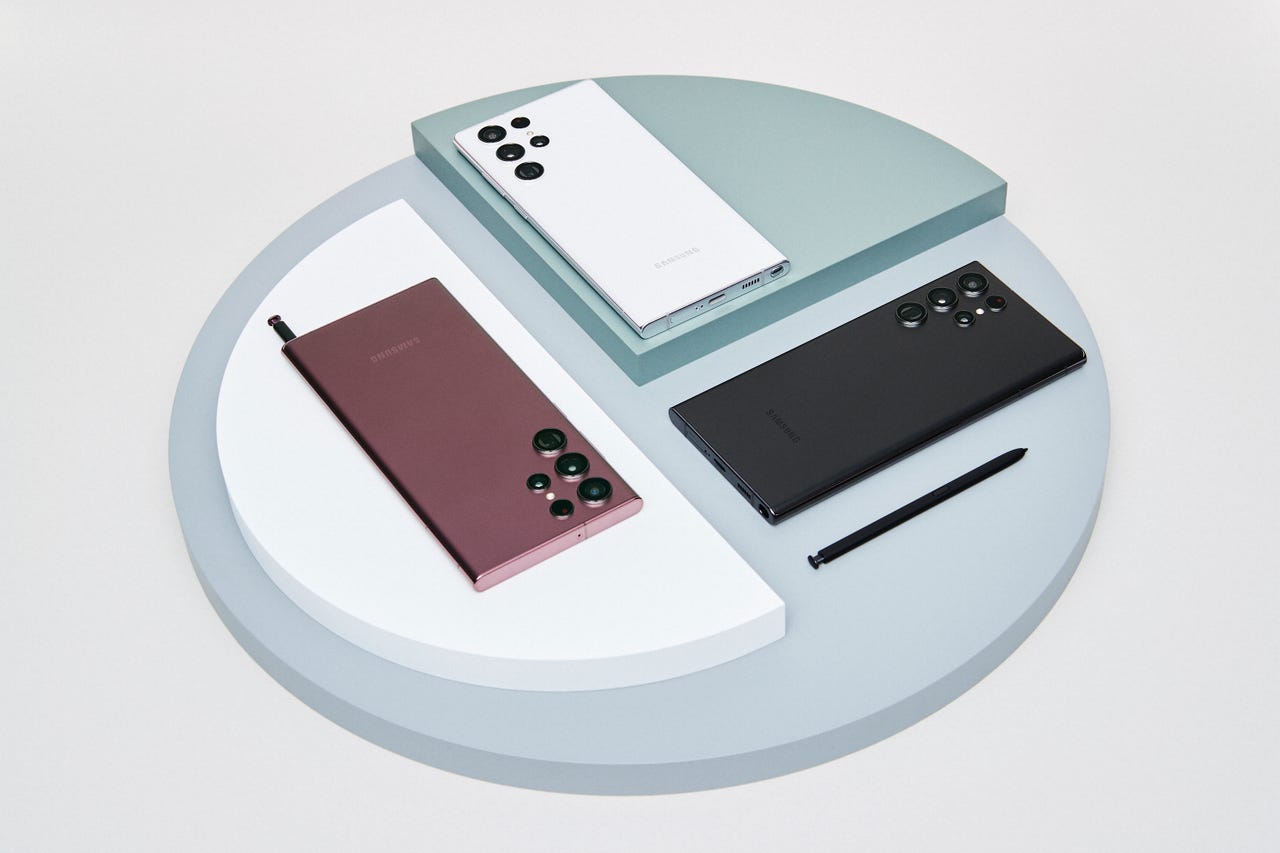































 Image: Samsung
Image: Samsung Samsung on Thursday reported an operating profit jump of 51% from a year ago, backed by strong smartphone sales and record quarterly earnings from its chip division.
The South Korean tech giant said it recorded 77.8 trillion won in revenue and 14.1 trillion won in operating profit during the quarter, an increase of 18% and 51%, respectively, from last year's figure.
The company's chip division contributed more than half of the total operating profit with 8.5 trillion won. Samsung enjoyed favorable conditions in the memory market as chip prices fell less than expected, much like its compatriot chipmaker SK Hynix during the quarter.
The South Korean tech giant said demand for DRAM and NAND remained solid during the quarter, mostly from data centres. Though uncertainties over the current component shortage linger, demand for memory chips from servers is expected to stay relatively high throughout the remainder of the year, Samsung said.
Besides memory, its foundry or contract chip-making business, also recorded its highest-ever first-quarter sales, Samsung said, though the company didn't reveal specific earnings figures of the business unit.
Samsung noted that the chip shortage is expected to continue, which will benefit the foundry business due to the global contract chip-making capacity being in short supply, and said it will focus on improving the yield rate of its advanced processing nodes.
Meanwhile, Samsung's mobile division -- called MX and Networks business -- was the second-largest contributor to operating profit, pitching in 3.82 trillion won.
The launch of the Galaxy S22 smartphone series during the quarter helped drive growth, the company said, with the S-Pen supporting Galaxy S22 Ultra being received particularly well by past Galaxy Note series customers. Sales of Mid-tier 5G smartphones, tablets and wearables also contributed to the high profit, Samsung said.
Samsung Display, its display panel making subsidiary, also contributed 1.1 trillion won in operating profit to the total quarterly figure.
The subsidiary saw the supply of OLED panels increase during the quarter from solid demand for the panels from premium smartphones customers -- meaning Apple and Samsung.
Samsung Display also noted that its QD display was commercialized during the quarter, with application on monitors being well received. It plans to supply QD displays for TVs during the third quarter, the display unit said.
However, Samsung's consumer electronics business units, which sell TVs and home appliances, saw their combined operating profit figure drop year-on-year to 0.8 trillion won.
The company noted that Russia's invasion of Ukraine saw demand for TVs drop while last year's earnings from the businesses benefited from the pent-up demand caused by the Covid-19 pandemic.
 Tags chauds:
technologie
informatique
Tags chauds:
technologie
informatique